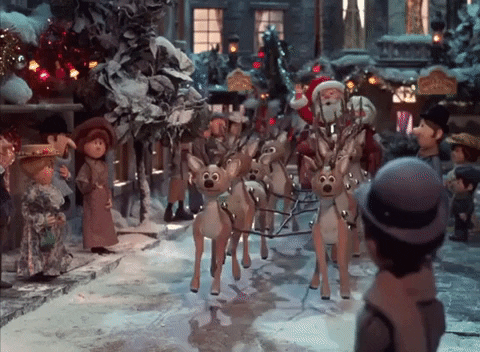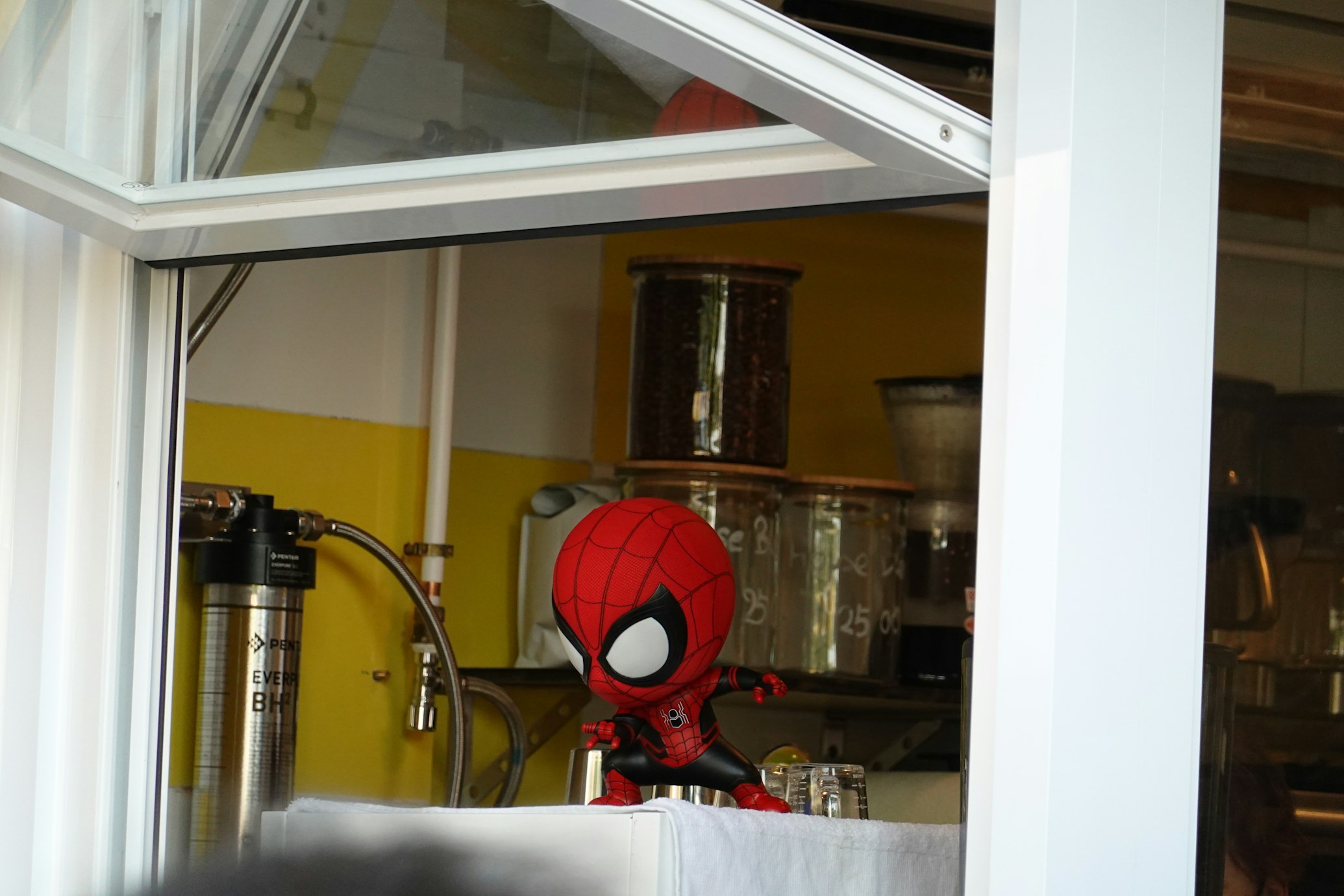9 Merry, Different Names For Santa Claus Around The World

Unsplash: __ drz __
Guess who’s coming to town? No, not the mail carrier delivering all your packages you just ordered online. Hah, good guess though. Here’s another hint of this not-so-mysterious visitor: he loves to wear the color red, he’s also known to be a bit jolly, and he even has a herd of reindeers, because he’s just that cool. So, you better watch out and you better not cry and you better not pout because this special visitor is really coming to town very, very soon.
Surely, you’ve now figured out that this December visitor is known by many as Santa Claus; sometimes, he goes by St. Nick, St. Nicholas, Kris Kringle, and Santa. But, did you know that Santa Claus has a ho-ho lot of different names around the world other than those five variations? He really does! So, check out this list and find out some of his monikers.
To learn more, get Beelinguapp now and read about Santa Claus in Spanish, German, Korean, and more!

Giphy
Greece: Agios Vassilis (Αγιος Βασίλης)
Agios Vassilis or St. Basil the Great is one of the most legendary figures of the Greek Orthodox Church. Just like good ol’ St. Nick, Agios Vassilis is an old man with a white beard, who also wears a red coat. He is known to bring joy to children by bringing them gifts and treats on New Year’s Eve not on Christmas Day.
Italy: Babbo Natale, La Befanaz
In Italian, Babbo Natale, or Daddy Christmas, is a cheerful old man who gives gifts all throughout the country during the night between December 24th to December 25th.
In Italian folklore, there is an old woman called La Befana and she visits the children all over Italy on the night of the Feast of the Epiphany. She rewards nice children with snacks and sweets while punishing naughty children with rotten candy and a lump of coal.
Netherlands: Sinterklaas
Sinterklaas is based on a Greek Bishop of Myra (in present-day Turkey) by the name of Saint Nicholas. He is generally portrayed as an old man with long white beard and white hair, holding a gold staff, and wearing a red cape over a bishop's alb and stole. Sinterklaas usually rides a white horse and carries a large red book with the names of the children in it, along with a summary of how they did over the previous year.
Germany: Weihnachtsmann
In many places all over Deutschland, das Weihnachtsmann (the Christmas Man) is the special man that delivers presents to children to be opened on Christmas Eve. He frequently appears alongside das Christkind, an angel with blonde hair and wings who brings gifts to families.
England: Father Christmas
In English folklore, the oldest account of a personified Christmas dates back to the 15th-century Christmas carol from a character called “Sir Christëmas.” However, Father Christmas first appeared as a result of the English Civil War in the 17th century. Something happened, that the Puritan-run English government ended up getting rid of Christmas, at the same time banning old traditions.
Then, sfter the Restoration in 1660, Father Christmas began showing up in plays during the following 200 years. Still, he was a different Father Christmas than how we associate him these days. It wasn't until some point in the 19th century that he was portrayed as a kind of winter sprite who was decked out in garlands and holly.
Hawaii: Kanakaloka
When visiting Hawaii, Santa Claus goes by the name Kanakaloka and he dons a less formal outfit than his traditional warm red coat. People can find Kanakaloka parading around in floral Hawaiian attire, and in place of his sleigh is a dolphin-drawn outrigger canoe. Last but not least, you’d probably hear him say Mele Kalikimaka which is the Hawaiian way of saying Merry Christmas.
France: Père Noël, Papa Noël
Père Noel, also known as Papa Noel (Daddy Christmas) in France and other French-speaking countries, is the character who gives gifts to deserving children. On Christmas Eve, before going to bed, kids usually leave their shoes by the fireplace along with carrots and other treats for Gui, the Père Noel donkey. Usually, Père Noel takes the snacks when he comes to visit, and if the children have been good all year, he also leaves small gifts that fit inside their shoes.
China: Dun Che Lao Ren, Lan Khoong-Khoong
Children in China don't leave milk, cookies, or any other food for the jolly old man known as Dun Che Lao Ren (Christmas Old Man) or Lan Khoong-Khoong (Nice Old Father), or even write him letters for their Christmas gifts because they typically see him at markets and shopping malls. On the other hand, the majority of the children hang their muslin stockings to be stuffed with treats and presents by this generous man.
Norway: Julenisse
Norway’s Julenisse and his sidekick Nisse are Christmas pixies who serve as spirit guardians over farms. In Norwegian legend, the Julenisse dress in gray clothing and live in a nearby forest, stream, or field.
Nowadays, the modern version of the Julenisse is known to have come from the North Pole. And on Christmas Eve, he carries a sack on his back filled with toys while wearing his red cap as he visits kids all over the country.
Brazil: Papai Noel
This kind man with a long white beard lives in the North Pole with his wife Mamãe Noel, a troupe of elves, and a herd of reindeer. Christmas is celebrated in Brazil during the summer, so when he arrives in the southern hemisphere, he changes into lighter clothing to keep cool while he delivers gifts to the kids there, who can then open them on Christmas morning or after attending midnight mass.


